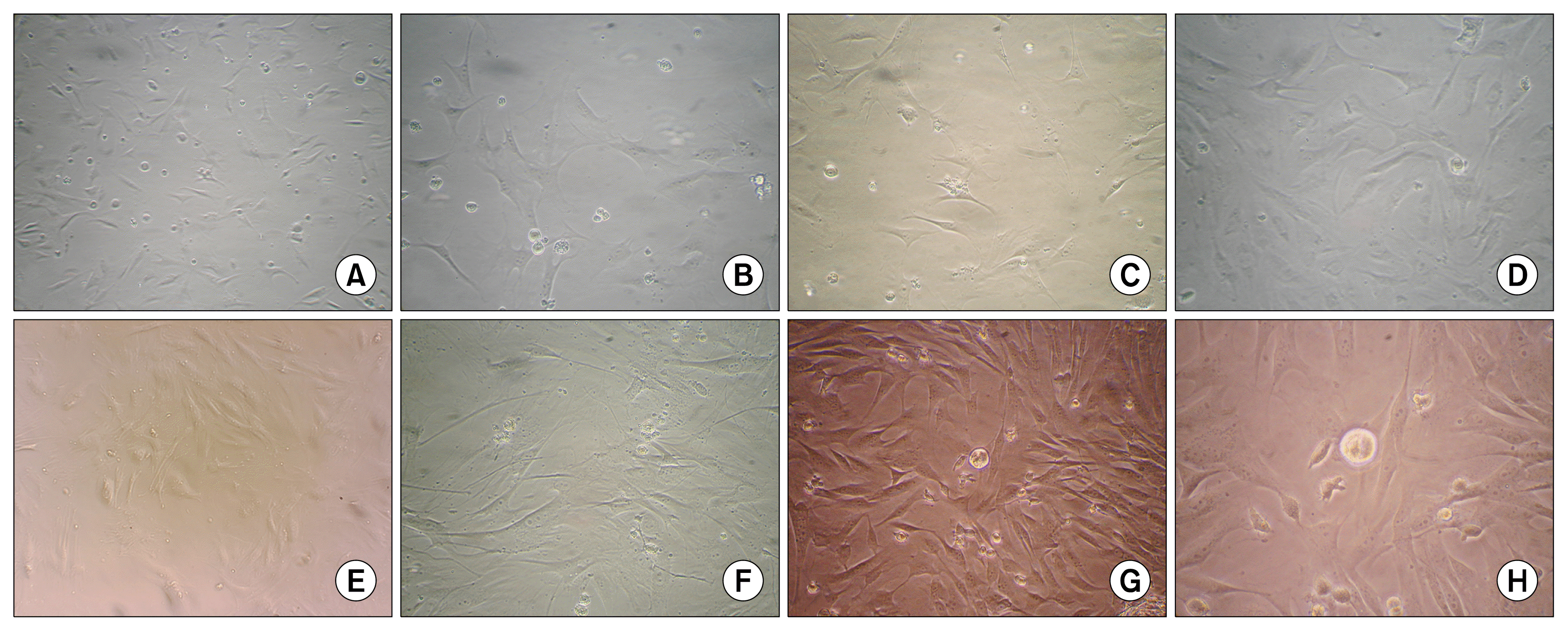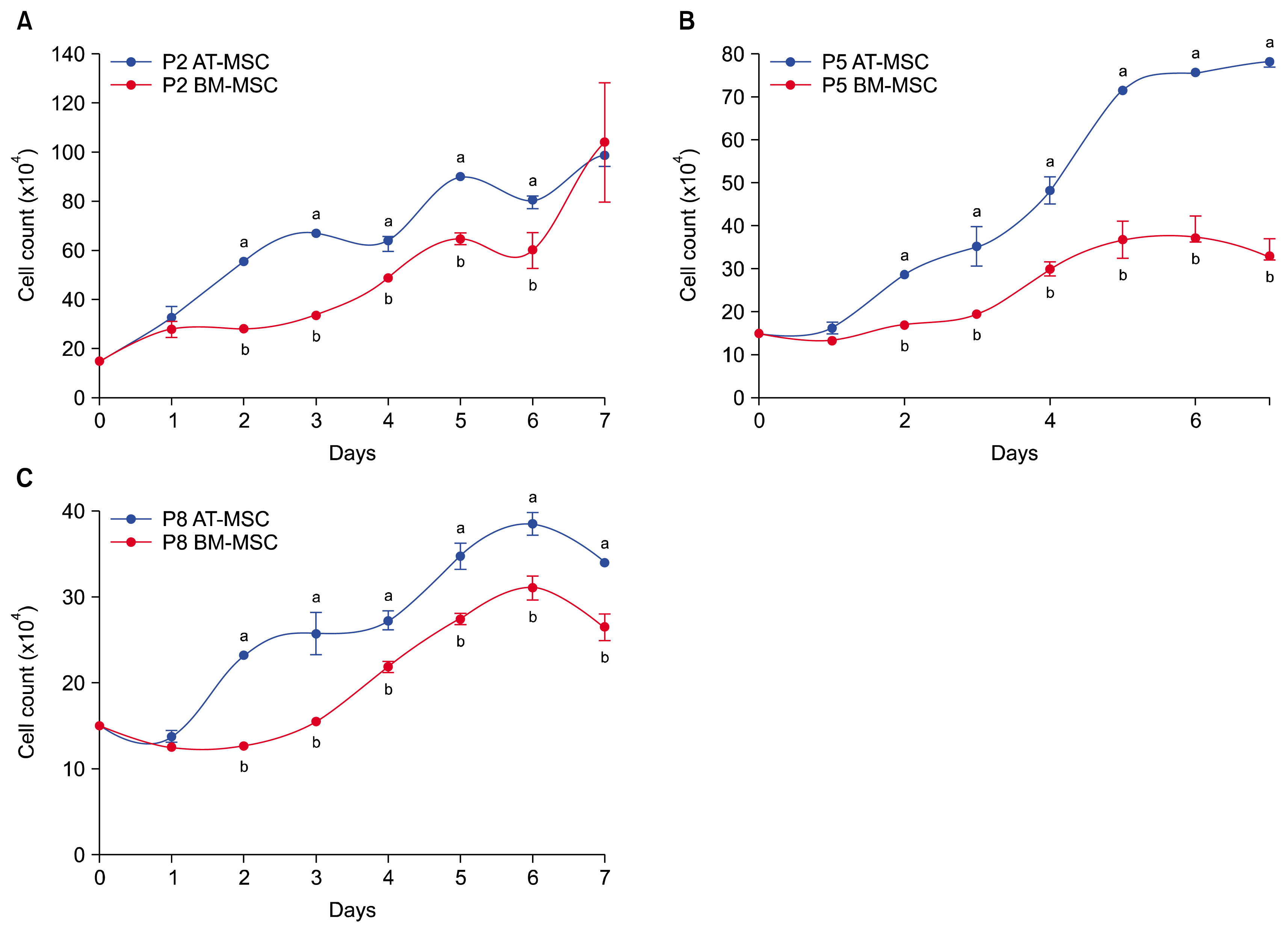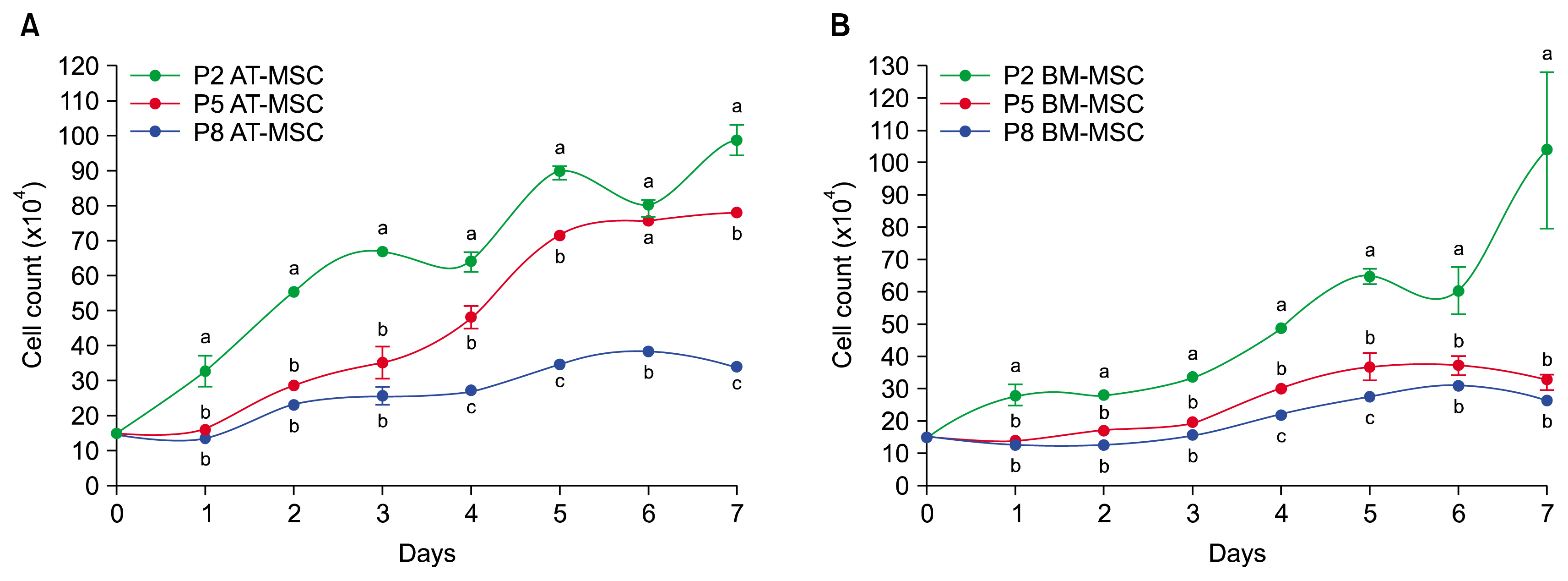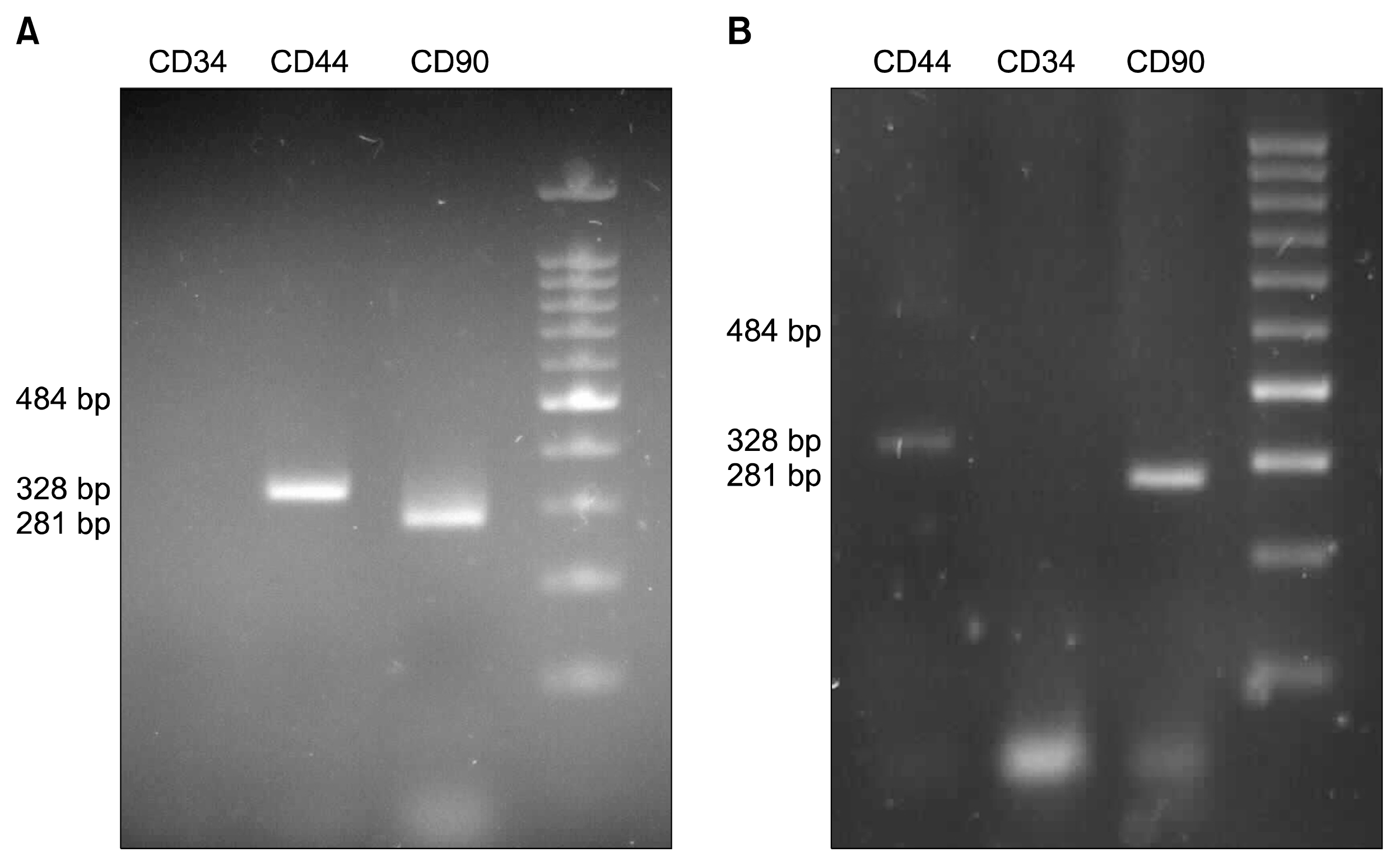2. Mehrabani D, Hassanshahi MA, Tamadon A, Zare S, Keshavarz S, Rahmanifar F, Dianatpour M, Khodabandeh Z, Jahromi I, Tanideh N, Ramzi M, Aqababa H, Kuhi-Hoseinabadi O. Adipose tissue-derived mesenchymal stem cells repair germinal cells of seminiferous tubules of busulfan-induced azoospermic rats. J Hum Reprod Sci. 2015; 8:103–110. DOI:
10.4103/0974-1208.158618. PMID:
26157302. PMCID:
4477447.

3. Friedenstein AJ, Gorskaja JF, Kulagina NN. Fibroblast precursors in normal and irradiated mouse hematopoietic organs. Exp Hematol. 1976; 4:267–274. PMID:
976387.
4. in ’t Anker PS, Noort WA, Scherjon SA, Kleijburgvan der Keur C, Kruisselbrink AB, van Bezooijen RL, Beekhuizen W, Willemze R, Kanhai HH, Fibbe WE. Mesenchymal stem cells in human second-trimester bone marrow, liver, lung, and spleen exhibit a similar immunophenotype but a heterogeneous multilineage differentiation potential. Haematologica. 2003; 88:845–852.
5. Mahdiyar P, Zare S, Robati R, Dianatpour M, Torabi K, Tamadon A, Razeghian Jahromi I, Tamadon A, Mehrabani D. Isolation, culture, and characterization of human dental pulp mesenchymal stem cells. Int J Pediatr. 2014; 2:44.
6. Ding DC, Chang YH, Shyu WC, Lin SZ. Human umbilical cord mesenchymal stem cells: a new era for stem cell therapy. Cell Transplant. 2015; 24:339–347. DOI:
10.3727/096368915X686841. PMID:
25622293.

7. Anasetti C, Logan BR, Lee SJ, Waller EK, Weisdorf DJ, Wingard JR, Cutler CS, Westervelt P, Woolfrey A, Couban S, Ehninger G, Johnston L, Maziarz RT, Pulsipher MA, Porter DL, Mineishi S, McCarty JM, Khan SP, Anderlini P, Bensinger WI, Leitman SF, Rowley SD, Bredeson C, Carter SL, Horowitz MM, Confer DL. Blood and Marrow Transplant Clinical Trials Network. Peripheral-blood stem cells versus bone marrow from unrelated donors. N Engl J Med. 2012; 367:1487–1496. DOI:
10.1056/NEJMoa1203517. PMID:
23075175. PMCID:
3816375.

8. Kisiel AH, McDuffee LA, Masaoud E, Bailey TR, Esparza Gonzalez BP, Nino-Fong R. Isolation, characterization, and in vitro proliferation of canine mesenchymal stem cells derived from bone marrow, adipose tissue, muscle, and periosteum. Am J Vet Res. 2012; 73:1305–1317. DOI:
10.2460/ajvr.73.8.1305. PMID:
22849692.

9. Baer PC, Geiger H. Adipose-derived mesenchymal stromal/stem cells: tissue localization, characterization, and heterogeneity. Stem Cells Int. 2012; 2012:812693. DOI:
10.1155/2012/812693. PMID:
22577397. PMCID:
3345279.

10. Rodbell M. The metabolism of isolated fat cells. IV. Regulation of release of protein by lipolytic hormones and insulin. J Biol Chem. 1966; 241:3909–3917. PMID:
4288359.
11. Asadi-Yousefabad SL, Khodakaram-Tafti A, Dianatpour M, Mehrabani D, Zare S, Tamadon A, Nikeghbalian S, Raayat-Jahromi A, Ahmadlou S. Genetic evaluation of bone marrow-derived mesenchymal stem cells by a modified karyotyping method. Comp Clin Pathol. 2015; 24:1361–1366. DOI:
10.1007/s00580-015-2081-4.

12. Al-Nbaheen M, Vishnubalaji R, Ali D, Bouslimi A, Al-Jassir F, Megges M, Prigione A, Adjaye J, Kassem M, Aldahmash A. Human stromal (mesenchymal) stem cells from bone marrow, adipose tissue and skin exhibit differences in molecular phenotype and differentiation potential. Stem Cell Rev. 2013; 9:32–43. DOI:
10.1007/s12015-012-9365-8. PMCID:
3563956.

13. Izadpanah R, Trygg C, Patel B, Kriedt C, Dufour J, Gimble JM, Bunnell BA. Biologic properties of mesenchymal stem cells derived from bone marrow and adipose tissue. J Cell Biochem. 2006; 99:1285–1297. DOI:
10.1002/jcb.20904. PMID:
16795045. PMCID:
4048742.

14. Peng L, Jia Z, Yin X, Zhang X, Liu Y, Chen P, Ma K, Zhou C. Comparative analysis of mesenchymal stem cells from bone marrow, cartilage, and adipose tissue. Stem Cells Dev. 2008; 17:761–773. DOI:
10.1089/scd.2007.0217. PMID:
18393634.

15. Baghaban Eslaminejad M, Mardpour S, Ebrahimi M. Growth kinetics and in vitro aging of mesenchymal stem cells isolated from rat adipose versus bone marrow tissues. Iran J Vet Surg. 2008; 3:9–20.
16. Barros BB, Andrade JS, Garcia LB, Pifaia GR, Cruz OL, Onishi ET, Penido Nde O. Micro-endoscopic ear anatomy of guinea pig applied to experimental surgery. Acta Cir Bras. 2014; 29( Suppl 1):7–11. DOI:
10.1590/S0102-86502014001300002. PMID:
25185049.

17. Eyanagi R, Toda A, Imoto M, Uchiyama H, Ishii Y, Kuroki H, Kuramoto Y, Soeda S, Shimeno H. Covalent binding of nitroso-sulfonamides to glutathione S-transferase in guinea pigs with delayed type hypersensitivity. Int Immunopharmacol. 2012; 12:694–700. DOI:
10.1016/j.intimp.2012.01.017. PMID:
22342371.

18. Tonge DP, Bardsley RG, Parr T, Maciewicz RA, Jones SW. Evidence of changes to skeletal muscle contractile properties during the initiation of disease in the ageing guinea pig model of osteoarthritis. Longev Healthspan. 2013; 2:15. DOI:
10.1186/2046-2395-2-15.

19. Mehrabani D, Mahboobi R, Dianatpour M, Zare S, Tamadon A, Hosseini SE. Establishment, culture, and characterization of Guinea pig fetal fibroblast cell. Vet Med Int. 2014; 2014:510328. DOI:
10.1155/2014/510328. PMID:
24790770. PMCID:
3984808.

20. Kakudo N, Morimoto N, Ogawa T, Kusumoto K. Potential of adipose-derived stem cells for regeneration medicine: clinical application and usefulness of fat grafting. J Stem Cell Res Ther. 2014; 4:204. DOI:
10.4172/2157-7633.1000204.

21. Yoshimura H, Muneta T, Nimura A, Yokoyama A, Koga H, Sekiya I. Comparison of rat mesenchymal stem cells derived from bone marrow, synovium, periosteum, adipose tissue, and muscle. Cell Tissue Res. 2007; 327:449–462. DOI:
10.1007/s00441-006-0308-z.

23. Kang TJ, Yeom JE, Lee HJ, Rho SH, Han H, Chae GT. Growth kinetics of human mesenchymal stem cells from bone marrow and umbilical cord blood. Acta Haematol. 2004; 112:230–233. DOI:
10.1159/000081281. PMID:
15564740.

24. Kern S, Eichler H, Stoeve J, Klüter H, Bieback K. Comparative analysis of mesenchymal stem cells from bone marrow, umbilical cord blood, or adipose tissue. Stem Cells. 2006; 24:1294–1301. DOI:
10.1634/stemcells.2005-0342. PMID:
16410387.

25. Suchanek J, Soukup T, Visek B, Ivancakova R, Kucerova L, Mokry J. Dental pulp stem cells and their characterization. Biomed Pap Med Fac Univ Palacky Olomouc Czech Repub. 2009; 153:31–35. DOI:
10.5507/bp.2009.005. PMID:
19365523.

26. Schipper BM, Marra KG, Zhang W, Donnenberg AD, Rubin JP. Regional anatomic and age effects on cell function of human adipose-derived stem cells. Ann Plast Surg. 2008; 60:538–544. DOI:
10.1097/SAP.0b013e3181723bbe. PMID:
18434829. PMCID:
4160894.

27. Wagner W, Wein F, Seckinger A, Frankhauser M, Wirkner U, Krause U, Blake J, Schwager C, Eckstein V, Ansorge W, Ho AD. Comparative characteristics of mesenchymal stem cells from human bone marrow, adipose tissue, and umbilical cord blood. Exp Hematol. 2005; 33:1402–1416. DOI:
10.1016/j.exphem.2005.07.003. PMID:
16263424.

28. Alipour F, Parham A, Kazemi Mehrjerdi H, Dehghani H. Equine adipose-derived mesenchymal stem cells: phenotype and growth characteristics, gene expression profile and differentiation potentials. Cell J. 2015; 16:456–465. PMID:
25685736. PMCID:
4297484.
29. Colleoni S, Bottani E, Tessaro I, Mari G, Merlo B, Romagnoli N, Spadari A, Galli C, Lazzari G. Isolation, growth and differentiation of equine mesenchymal stem cells: effect of donor, source, amount of tissue and supplementation with basic fibroblast growth factor. Vet Res Commun. 2009; 33:811–821. DOI:
10.1007/s11259-009-9229-0. PMID:
19472068.

30. Pascucci L, Mercati F, Marini C, Ceccarelli P, Dall’Aglio C, Pedini V, Gargiulo AM. Ultrastructural morphology of equine adipose-derived mesenchymal stem cells. Histol Histopathol. 2010; 25:1277–1285. PMID:
20712012.







 PDF
PDF Citation
Citation Print
Print




 XML Download
XML Download